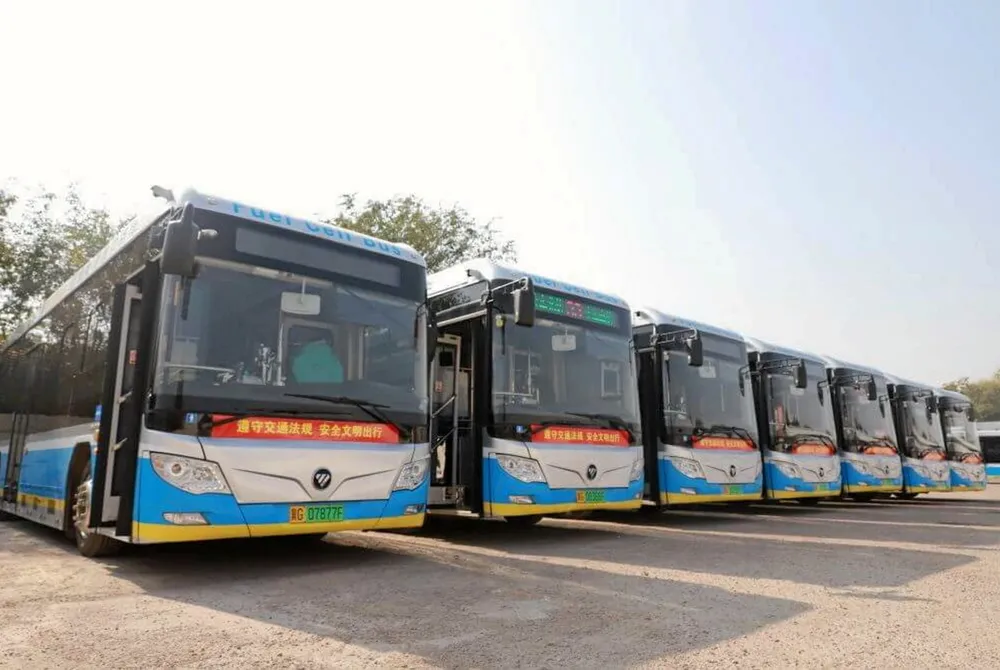Sales of hydrogen-powered vehicles in China rose by more than 70% in 2023
Figures suggest steady growth for fuel-cell road transport, although FCEVs still only account for less than 0.1% of the 'new-energy vehicle' market

Figures suggest steady growth for fuel-cell road transport, although FCEVs still only account for less than 0.1% of the 'new-energy vehicle' market
